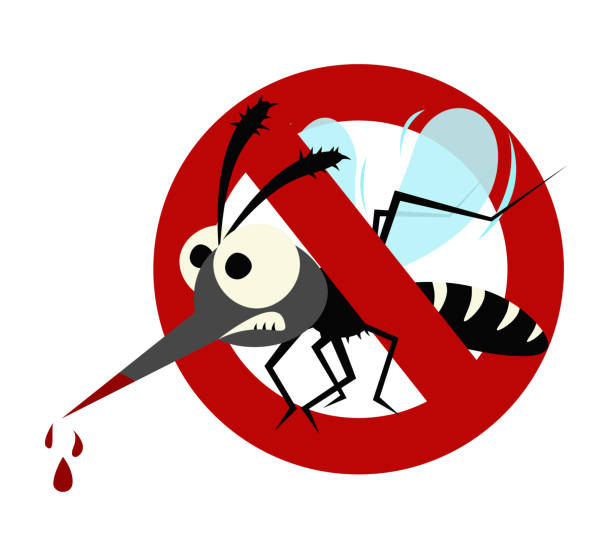The naming of viruses often follows certain patterns, such as being named after animals or regions where they were first discovered. However, the naming of the dengue virus has a unique history. The earliest descriptions of a disease similar to dengue can be traced back to the late 1500s. During this time, doctors noted an illness that caused severe pain, which they called “break-bone fever” due to the intense suffering it inflicted on patients.
By the early 1800s, dengue had spread to many parts of the world. In 1801, Queen María Luisa of Parma, the Queen of Spain, became one of the disease’s most famous victims. After she recovered, she mentioned the term “dengue” in a letter. This reference played a significant role in the disease’s modern name. Despite this, the exact origin of the word “dengue” is still debated by historians.
The dengue virus belongs to the Flavivirus family and is mainly spread by Aedes mosquitoes. Over recent years, dengue has become a major global health concern, with infection rates rising sharply. For instance, in the first four months of 2024 alone, there were 7.6 million reported cases of dengue, leading to 5,366 deaths worldwide. This growing threat has led scientists to call for more systematic and standardized naming conventions for viruses. Such measures would help in identifying and categorizing new pathogens more efficiently.
There are two main theories about the origin of the word “dengue.” The first theory suggests that it comes from the Swahili phrase “ki denga pepo,” which means “being afflicted by an evil spirit.” This line mainly described the sudden and severe symptoms of the disease. The second theory links the name to a Caribbean term, “dandy,” which referred to the stiff and awkward movements of people suffering from dengue. Their rigid posture, caused by the pain, resembled someone trying to maintain a dignified appearance despite being in great discomfort.

Today, in scientific circles, dengue is classified under the name “Orthoflavivirus,” which reflects its place within the broader Flavivirus family. However, this scientific name is not widely used outside of academic and medical contexts. Most people still refer to the disease simply as “dengue.” The history of its naming reminds us how cultural perceptions and language have influenced our understanding of diseases throughout history.
As dengue continues to spread, it is crucial for public health authorities to educate people about the disease, its symptoms, and how to prevent its transmission. Simple measures, such as using mosquito repellent, wearing protective clothing, and eliminating standing water where mosquitoes breed, can help reduce the risk of infection. With the number of cases on the rise, understanding the history and impact of dengue is more important than ever.
The naming of the dengue virus not only reflects the cultural and historical context of the time but also underscores the importance of clear and consistent communication in public health. As the world faces new and emerging diseases, the lessons learned from the naming of dengue can guide us in naming and categorizing future viruses in a way that is both accurate and accessible to everyone.
This article explores the unique history of the dengue virus name, offering insights into its origins and significance. By understanding the story behind the name, we can better appreciate the cultural and historical factors that have shaped our approach to disease and public health over the centuries.

Pingback: 5 Dengue Fever Symptoms You Must Know to Act Quickly - Online News BD 24 - Online news paper Bangladesh
Pingback: Elon Musk's Grok AI: A New Frontier in AI-Generated Images Raises Alarms - Online News BD 24 - Online news paper Bangladesh